Contact us
-
1
-
2
-
3
-
4
-
5
It will take ~10 minutes to work through Section One
High Blood Pressure and Hypertension
Have you been told, or suspect,
that you have high blood pressure?
This resource is a great step
towards managing it.
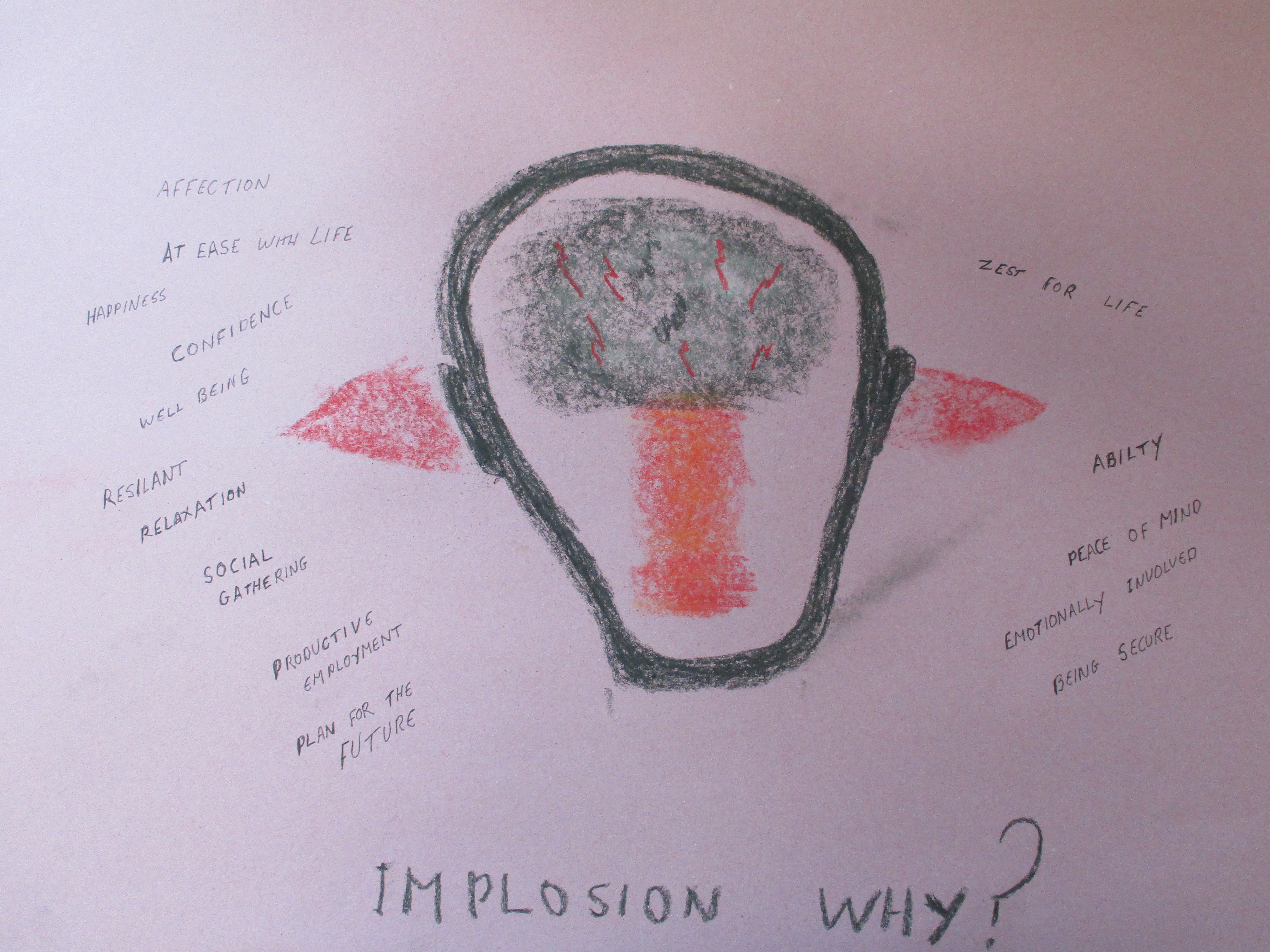
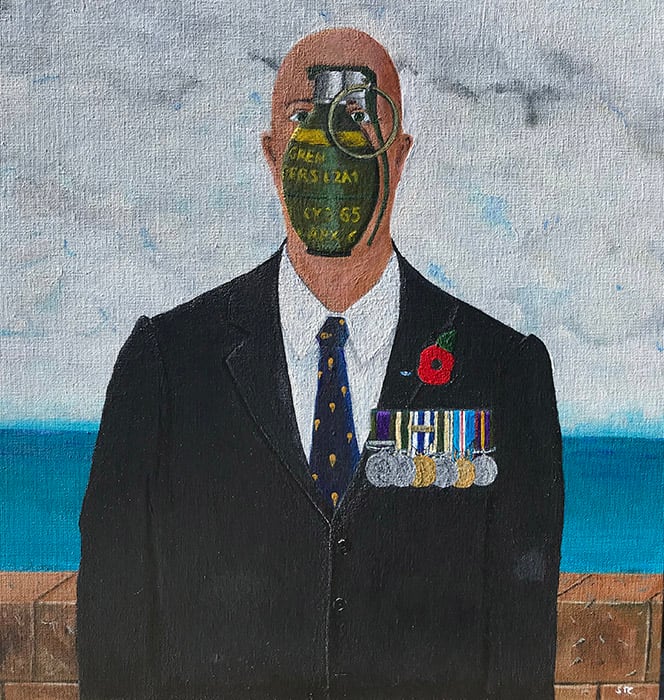
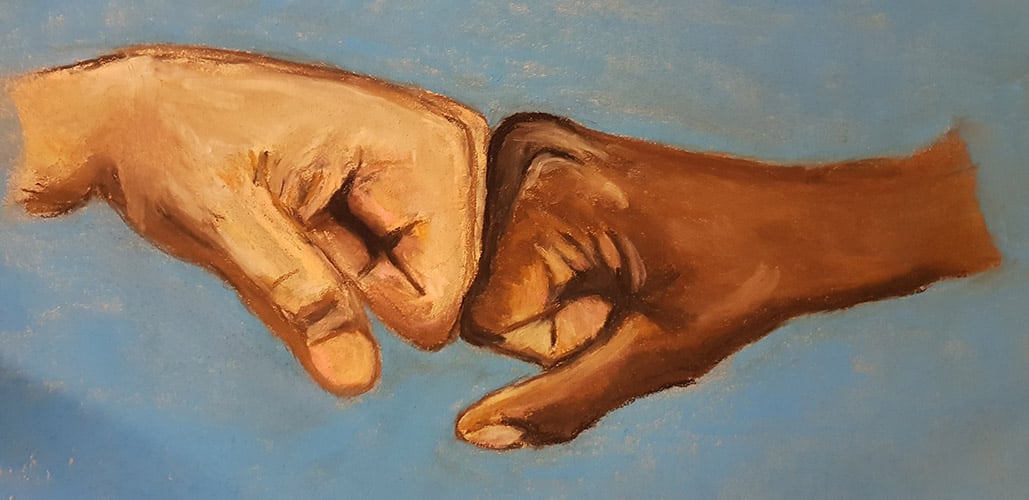
These images were created by veterans during art therapy as part of their recovery journey.
They've been shared to raise awareness and to help others understand.
High blood pressure isn’t always obvious as it is rare to see obvious symptoms until the condition is quite advanced. This is why it is known as the silent killer and why it is important to know the score when it comes to your blood pressure.
As someone who has served in the Armed Forces you probably already have a good idea of what the lifestyle changes you may need to consider are, but like most people it can be hard to get the motivation and commitment to make the first step and then to persevere.
The good news is that by putting in place some of those lifestyle changes and following the advice from your GP (including taking any prescribed medication every day), managing and reducing high blood pressure is doable and your blood pressure can be kept under control and your heart risks minimised.
High Blood Pressure: What is it?
Blood pressure is the pressure of the blood being pushed by your heart travelling through your arteries. The blood is pushed through the arteries by contracting and relaxing.
Your blood pressure changes through the day depending on what you are doing and your arteries are stretchy to cope with that.
If you have high blood pressure, your artery walls lose that stretchiness and become stiffer and weaker.
The narrowing makes it easier for fatty material to clog them up and your heart must work harder to get blood around your body. High blood pressure raises your risk of a stroke, heart attack, or heart failure.
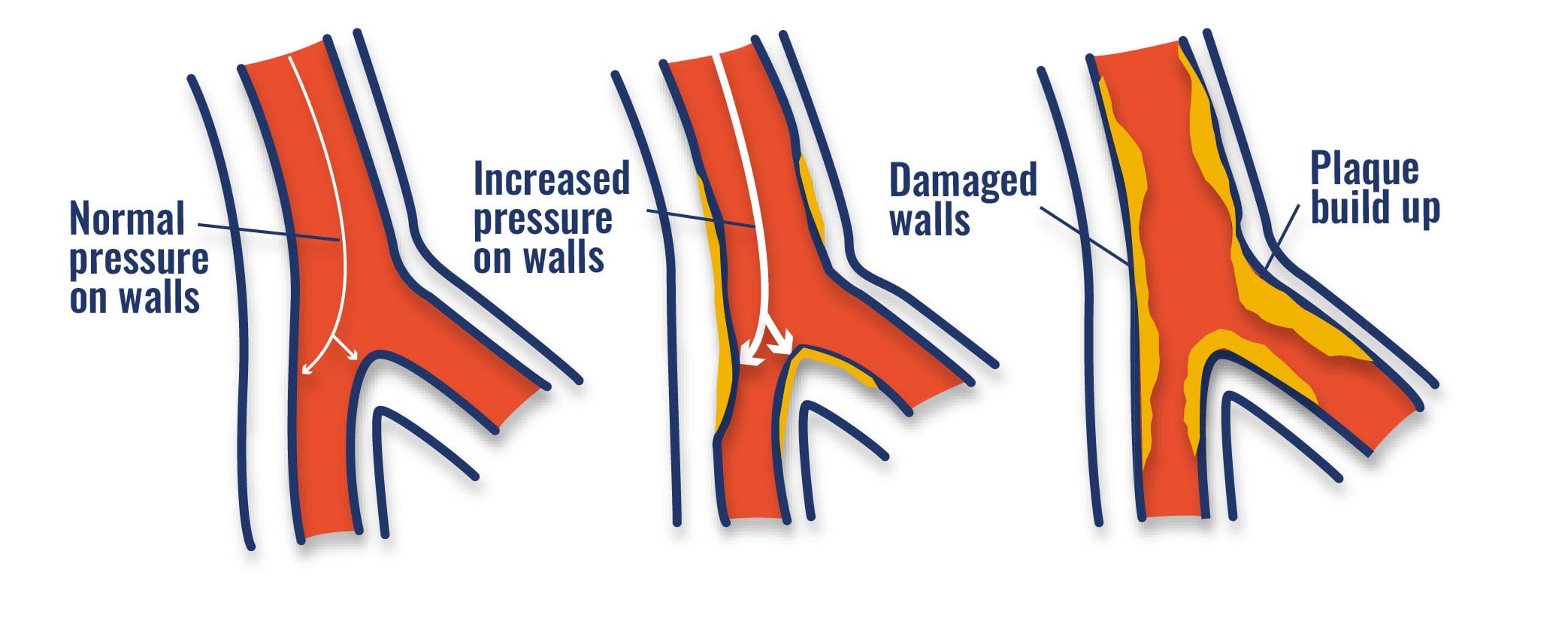
Understanding blood pressure readings
A blood pressure reading consists of two numbers usually shown as one on top of the other e.g. 123/78 and measured in mmHg (millimetres of mercury).
The first number represents the highest level that your blood pressure reaches when your heart contracts and pumps blood through your arteries. This is known as your systolic pressure. The second number represents the lowest level your blood pressure reaches as your heart relaxes between beats. This is known as the diastolic pressure.
If your blood pressure is consistently too high it means that your heart is constantly having to work harder to pump blood around your body.
We know from the World Health Organisation that in 2015 only 1 in 4 people with high blood pressure had the problem under control. If you think you may be one of the 75% of people who don’t have it under control, seek advice from your Doctor to get some support to do so. Although blood pressure varies naturally from person to person the NHS chart below is a good guide to work from.
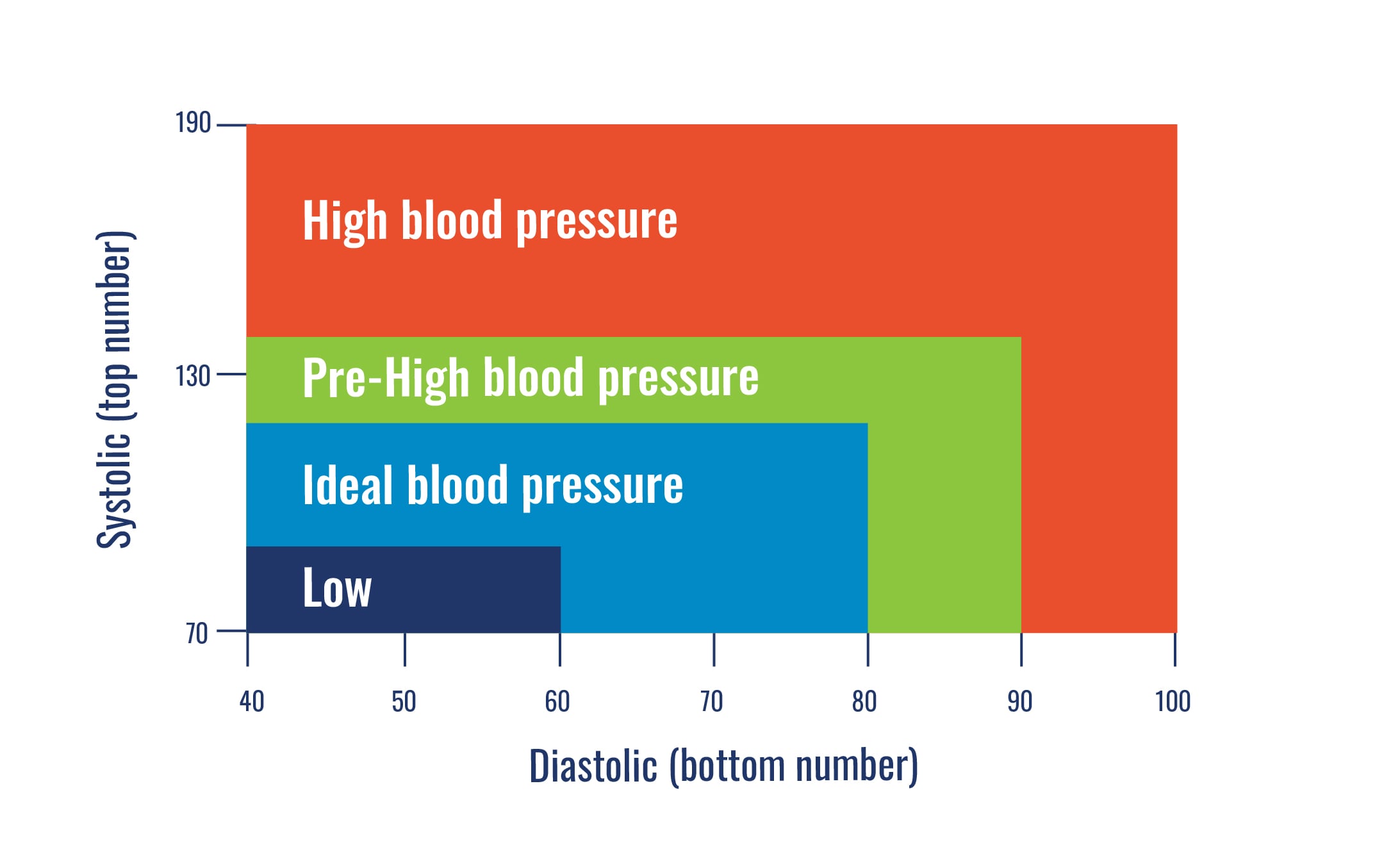
Additional Resources
Was this page useful?
This information was published on 30 October 2020.
Is there someone I can call and talk to?
Our Helpline is open 24/7, please do not hesitate to call if you need someone to talk to or any guidance.
Combat Stress 24/7 Free Helpline 0800 138 1619.
If you require more urgent help, either yourself or a member of your family feel unsafe, please contact your GP or telephone 111.

